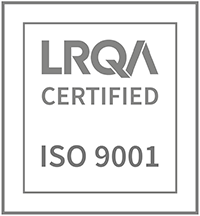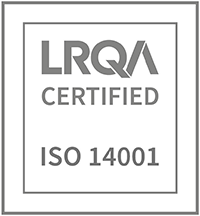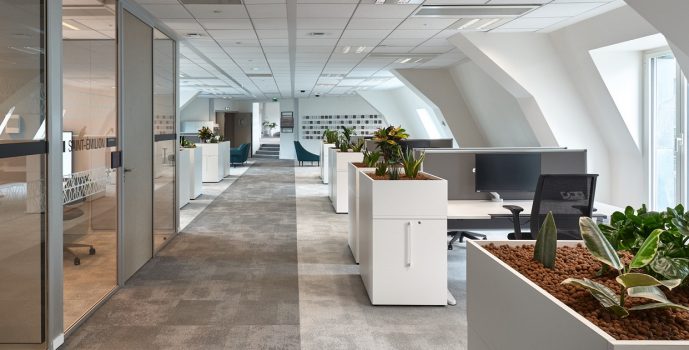Workplaces all over the world have experienced a shake-up over the past couple of years, with new routines, employment models, and working habits making an appearance. Now, as workforces begin to migrate back towards office-based work — whether full or part time — business leaders are exploring changes they can make within the organisational structure to create a thriving workplace atmosphere and ensure colleagues stay focused, productive, and motivated.
There are a myriad of factors that influence company culture, but an important one is office design — as colleagues tend to thrive when their surroundings inspire, and offer choice and variety.
So, here are some important elements to consider when attempting to create a positive working environment for your colleagues in a new era for the office.
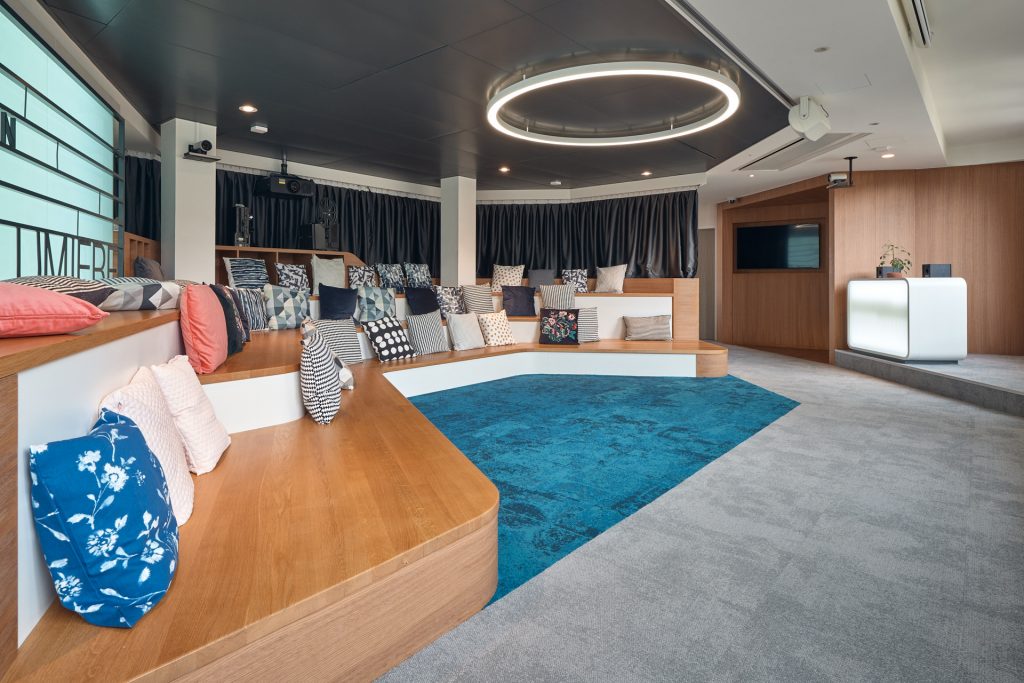
1. Maintaining sociability
It’s important that workspaces continue to foster interaction and socialisation where necessary. A key method is creating new spaces — or adapting existing ones — which allow for social and collaborative exchanges between co-workers. After all, engaged and passionate colleagues will often seek out places which allow them to feel connected, share ideas face-to-face, and learn from others.
Including break-out areas with soft furnishings and a vibrant atmosphere grant your employees time away from their desk which feel less formal, where they can have the day-to-day conversations that they may have missed out on during the height of the coronavirus lockdowns. This, in turn, will lead to stronger co-worker relationships — boosting morale and fostering greater job satisfaction.
2. Encouraging communication
Contrary to the coincidental mixing mentioned above, there are other opportunities to streamline communication within the office. It’s sensible to assign everyone that works in the same department or similar projects to the same workspace — or at least close by.
Quiet, private areas are great to facilitate conversations between staff and clients — without compromising the concentration and productivity of others in the vicinity. It’s also wise to utilise cutting-edge technology so colleagues can connect with remote staff members when required without agonizing connectivity glitches.
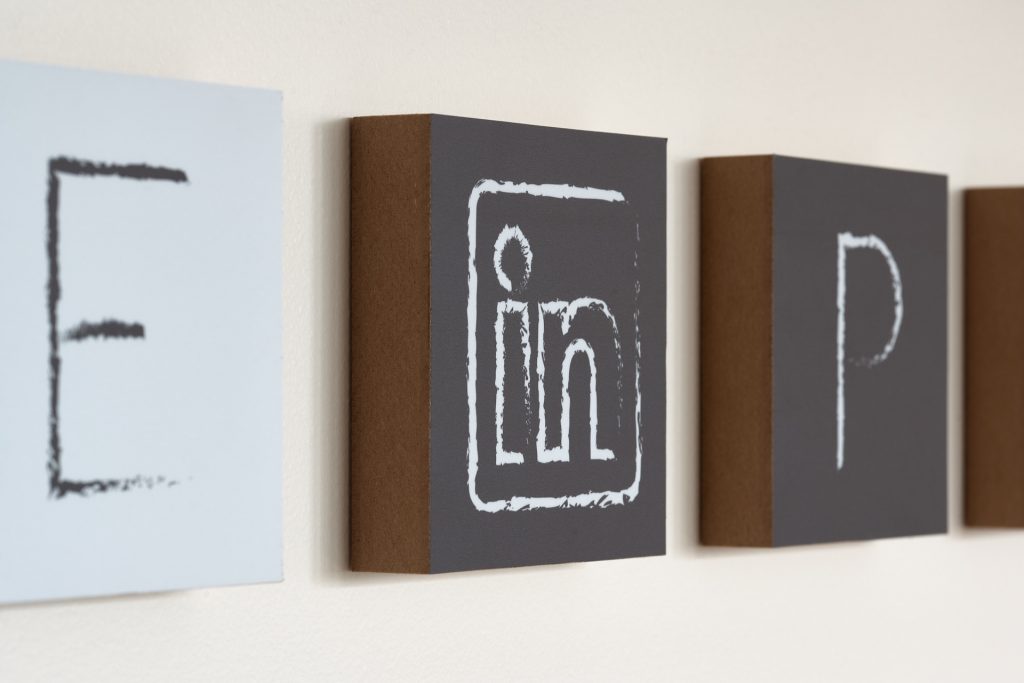
3. Instilling pride in your brand
With carefully placed office branding, colleagues are encouraged to feel pride in the company they’ve chosen to work for, from the moment they set foot in the door. From simple signage to company stats. It all acts as positive reinforcement for the brand.
In addition, a visually stimulating, inspiring, and engaging working environment helps to create an appealing place to be — allowing employees to feel like valued members, rather than cogs in a large corporate operation.
4. Promoting flexibility and choice
Offering colleagues choice in their working environment provides people — with contrasting working styles and demands on their personal time — the tools they need to get their heads down and accomplish their daily goals.
It does rely on the technology available but having various ‘zones’ and levels within a space can grant workers the flexibility of deciding where they set up shop from hour-to-hour and day-to-day — whether that’s in a quiet, focused snug, or a communal meeting room.
To find out how RBA has helped organisations develop their own innovative workplace designs, head to our project page on our website.
Copyright © Photographs Jérôme Epaillard
